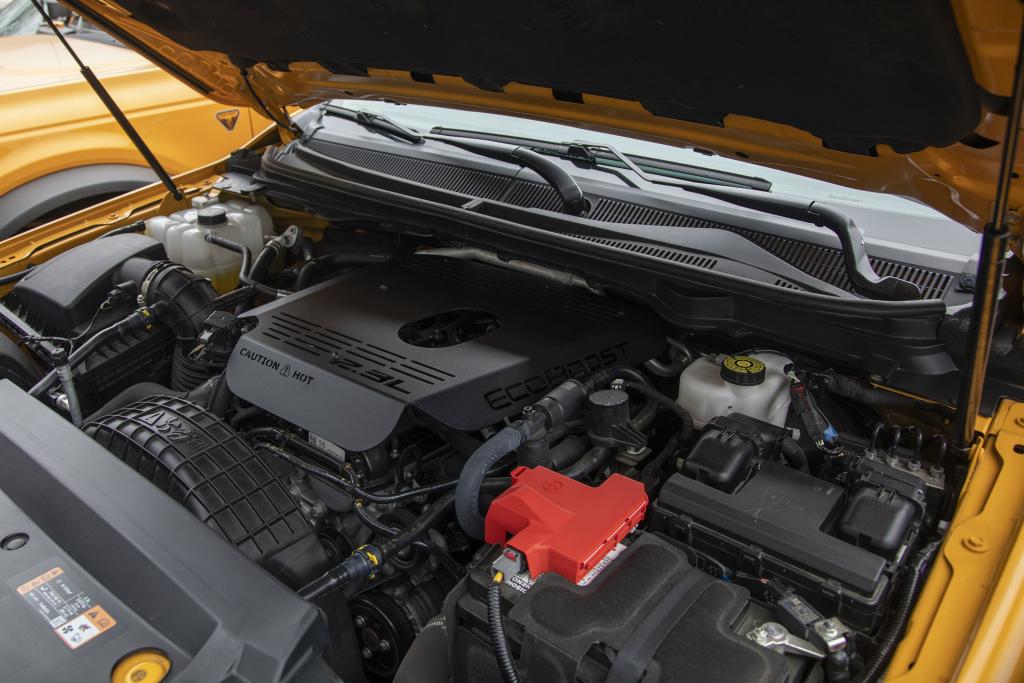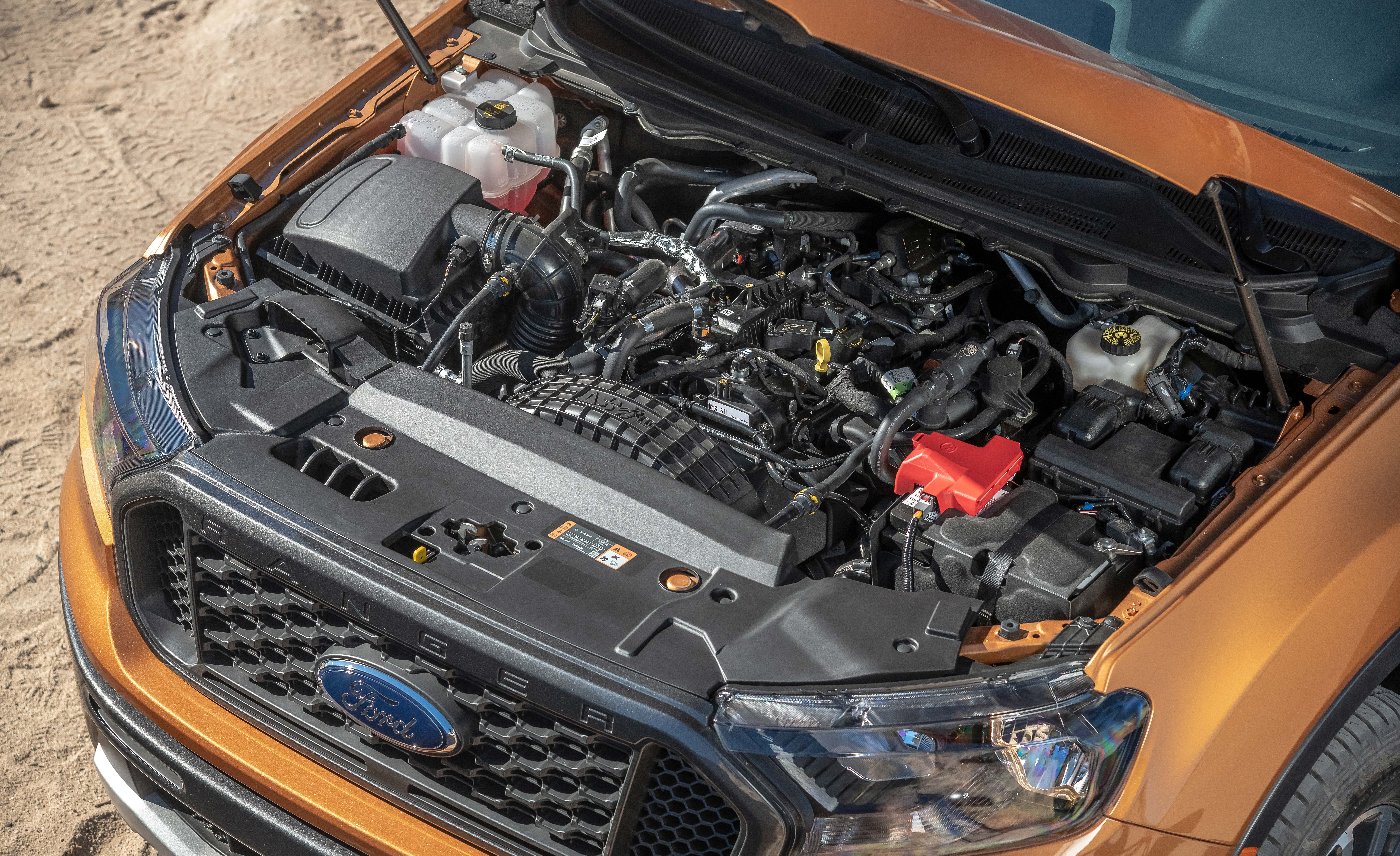Why the 2.2 Ford Ranger Engine Is a Popular Choice for Rugged and Reliable Performance
Why the 2.2 Ford Ranger Engine Is a Popular Choice for Rugged and Reliable Performance
Blog Article
Understanding the Basics of Vehicle Engines: Kinds, Features, and Features

Introduction of Auto Engines
A cars and truck engine acts as the heart of a vehicle, converting fuel into power to move it ahead. This elaborate system comprises different components that function in unison to make certain optimal efficiency and efficiency. The essential procedure of a car engine entails the interior combustion process, wherein gas and air are mixed, fired up, and removed to develop power.
The engine's design can significantly influence its efficiency, gas efficiency, and discharges. Trick components consist of the cylinder block, pistons, crankshaft, and camshaft, each playing a critical role in the engine's overall feature.
In enhancement to these parts, engines frequently make use of different systems such as gas shot, ignition, and cooling systems to boost efficiency and longevity. Recognizing the standard auto mechanics of automobile engines is vital for diagnosing concerns and doing maintenance, inevitably adding to the lorry's integrity and performance with time.
Sorts Of Car Engines
Car engines can be categorized right into a number of types based upon their layout, fuel kind, and functional principles. 2.2 ford ranger engine. One of the most common categories include inner combustion engines (ICE), electric engines, and crossbreed engines
Inner combustion engines, which can be additional divided into fuel and diesel motor, operate by firing up a fuel-air mixture to create power. Gas engines are usually lighter and smoother, while diesel motor are a lot more fuel-efficient and offer greater torque.
Electric engines utilize electrical energy stored in batteries to power an electrical motor, offering immediate torque and no discharges during operation. As technology developments, electrical cars (EVs) are significantly becoming popular for their ecological benefits and reduced running expenses.
Hybrid engines integrate elements of both interior burning and electrical engines, permitting flexible power resources and improved fuel effectiveness. They can run in various settings, utilizing either the gas engine, the electric motor, or both all at once.
Each kind of engine has unique advantages and drawbacks, affecting their application in various car kinds and market segments, from small cars and trucks to durable vehicles. Recognizing these types is vital for making educated decisions pertaining to car option and performance assumptions.
Engine Features Discussed
Understanding engine features is important for understanding how vehicles operate successfully. At the core of any type of interior burning engine lies the fundamental procedure of transforming fuel into mechanical energy.
The ignition happens next, igniting the blend and developing a rapid expansion of gases. This force drives the piston down throughout the power stroke, which ultimately equates into the rotational motion of the crankshaft. The exhaust stroke after that gets rid of the invested gases from the chamber, giving way for a brand-new cycle to commence.
In addition to these main features, engines likewise include systems that handle cooling and lubrication, making certain optimum operational temperature levels and minimizing friction in between moving parts. This detailed interplay of features allows the engine to create the power essential for vehicle propulsion while maintaining effectiveness and dependability. Understanding these features provides important insight into the intricacies of vehicle design and enhances the ability to diagnose and address engine-related concerns effectively.
Secret Engine Functions
Engine layout incorporates a number of key features that considerably influence longevity, performance, and efficiency. One of the most crucial elements is the engine arrangement, which includes inline, V-type, and flat designs. Each arrangement impacts the engine's power, balance, and dimension result, consequently affecting general automobile characteristics.
An additional important feature is the engine variation, describing the overall volume of all cyndrical tubes. Larger displacements commonly produce more power yet may jeopardize gas performance. Engine products likewise play an essential function; high-strength and lightweight products, such as light weight aluminum and magnesium alloys, boost performance without adding extreme weight.
The kind of gas injection system employed-- such as multi-port or straight injection-- affects combustion performance and discharges. Turbocharging and turbo charging are features that boost engine performance forcibly extra air right into the combustion chamber, boosting power outcome without considerably raising engine dimension.
Last but not least, the existence of innovative engine monitoring systems optimizes fuel-air blend and ignition timing, adding to smoother procedure and far better fuel economic situation. Collectively, these functions define an engine's abilities, establishing the structure for its efficiency and durability in an affordable vehicle landscape.
Maintenance Tips for Engines
Proper engine upkeep is important for guaranteeing optimal efficiency and long life, as ignoring regular care can lead to substantial problems down the line. To keep your engine effectively, begin with normal oil modifications, normally every 3,000 to 7,500 miles, depending on the kind of oil utilized. Fresh oil lubes engine elements, decreasing friction and wear.
Additionally, checking coolant degrees is essential to prevent overheating. Make sure that the coolant is covered up and is in great problem to keep reliable temperature guideline. Routinely change and evaluate air and fuel filters, as clogged filters can website here impede air flow and gas delivery, jeopardizing engine efficiency.
In addition, pay attention to ignition system and ignition systems. Malfunctioning or worn ignition system can bring about misfiring and reduced performance. Inspecting the battery terminals and links for rust is additionally important, as a weak battery can impact engine beginning.

Conclusion
In summary, a detailed understanding of vehicle engines includes numerous types, functions, and essential attributes that significantly influence vehicle efficiency. Internal burning engines, in addition to hybrid and electric options, show diverse systems for energy conversion. 2.2 ford ranger engine. Identifying the essential features, such as consumption and exhaust cycles, together with essential engine features like configuration and gas shot systems, equips cars and truck owners with the expertise needed for reliable upkeep and operation, eventually improving lorry longevity and efficiency
An automobile engine offers as the heart of a car, transforming fuel into mechanical power to move it forward. The basic operation of an automobile engine includes the interior burning procedure, wherein fuel and air are combined, ignited, and removed to create power.
Regularly evaluate and replace air and gas filters, as clogged up filters can prevent airflow and fuel distribution, jeopardizing engine effectiveness. - 2.2 ford ranger engine
In summary, an extensive understanding of automobile engines includes various kinds, features, weblink and essential features that considerably influence vehicle performance. Recognizing the necessary functions, such as intake and exhaust cycles, along with important engine attributes like configuration and gas shot systems, equips car owners with the understanding required for effective maintenance and operation, click site eventually boosting lorry durability and efficiency.
Report this page